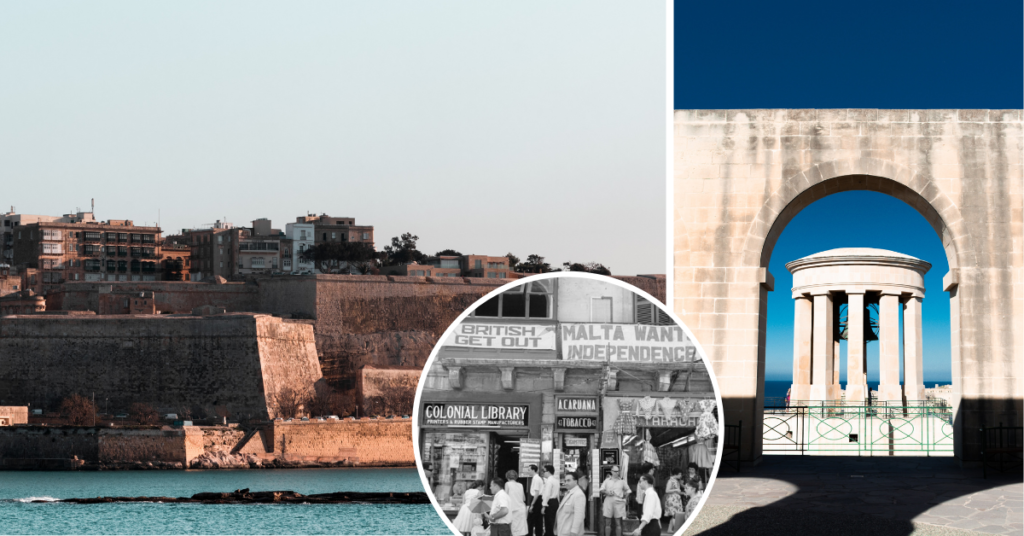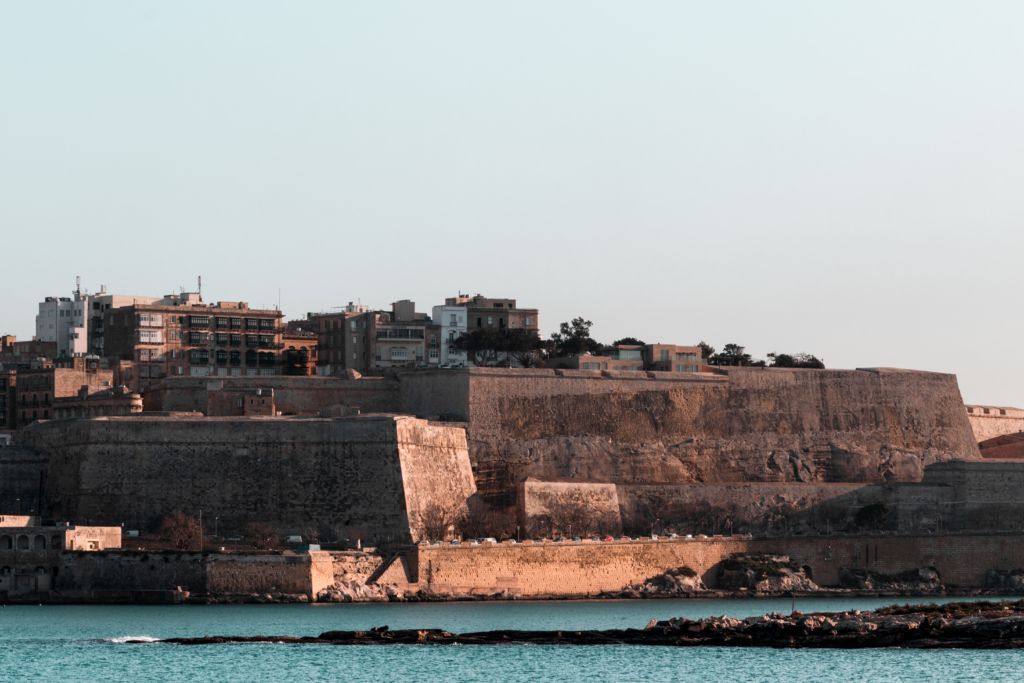To Think Is To Be, To Act: Why Museums Could Save Malta’s Post-COVID Future

There is always a silver lining to anything that is tantamount to a challenge that comes our way. The times we’re living in are no exception.
We may find comfort in knowing that all we need in a post-covid world, even if seen through the lens of a micro-cultural ecology such as ours, is already there. Indeed it has been written about, discussed and talked about and at length. What COVID-19 has just done is to accelerate its rate of assimilation, making us come to terms with realities that were considered to be future possibilities, to possibly happen ten years from now if not more.
Most of this thinking can be comfortably packaged in the original MUZA vision, as distinct from the project itself which is the tentative manifestation of it. The need for this thinking was informed by a clearer understanding of the very specific requirements of an island context.
Way back, some of the identifiable challenges then ahead included the top-down identity of mainstream institutions, residues of still-evident colonial thinking and the challenges of increasing participatory and relevance, particularly for local communities.
Back then we used to question what would happen if tourism suddenly dried up. A decade later, that would come to mean relevance.
The options in hand, back then, would be too little to explore beyond anything digital, still in its infancy, and monetising that would be an as yet inconceivable challenge. That would come to mean resilience.

Relevance and resilience go beyond the local museum ecology, which is all about history and almost exclusively so. This country is mainly conversant with one form of museum typology since now, and that is prevalently revolving around the history museum idea. Other typologies, including gender museums or the more recent categories of climate change or future-focused institutions, are missing, at least so far. This is perhaps informed by the very specific identity that has been sought after since colonial times.
The politics of geography also come into the picture. We can consider Malta to be a liminal space, standing on a culture rift where duality has frequently informed ethos and identity. The history of these islands is the history of a fortress, defined by the Order of St John and carried forward by the British.
Fortresses and critical thinking don’t go together – the right match would be obedience, oftentimes mistook for loyalty, and following orders without questioning. The historic political developments of recent times transforming the island-fortress into an independent state, on to a full member of the European Union, are not tantamount to a profound culture change – not yet, perhaps.

The conversations happening throughout the museum ecology across the globe is focusing much more on museums becoming institutions fostering critical thinking, media literacy, emotional intelligence, social responsibility and informed debate.
Much of these touches upon the values embraced by participatory institutions, practising a type of museology aspiring to foster polyphony, where inclusivity comes about by making space for all voices to be heard – every voice counts rather than one voice dictating it all. It is not an easy game to play, and the big international museums I have in mind are saying so too.
The ones I know about struggled and continue to do so. But as I write this piece, traditional and historically established museum institutions have now taken the plunge. More of that in future posts, hopefully.
From the possitopian futures ahead, particularly with regards to our culture ecology, one might be about becoming much more international albeit local at the same time. In short – dig where you stand but look out to the world. Look around and look beyond and if you’re saying something worthwhile and valid there are people willing to hear and listen to what you have to say.
When seen through the lens of possitopian futures, our heritage can also become the resource to inspire and inform. External influences coming from the international contemporary art scene, now more connected than ever before, can conceptually inform the lens through which we can seek inspiration from the cultural heritage of this land. Much is still missing, particularly with regards to our recent art histories. Most of that remains unwritten – a good part of it for that matter.

The past, even the more recent one, can be a source of inspiration. But only if known. Knowing is the point of departure to consider its value but not just historical. The good eye is not so common, as yet, and reading quality is about being a visually literate person. History and aesthetics are frequently confused – but this is a very common thing with liminal territories such as Malta.
Can we reposition ourselves in the future and look back to our times to understand its true relevance and significance? Clarity of vision will be the make or break. Where we can be or should be depends entirely on us.
Museums can spearhead this and much more, the culture ecology can certainly contribute. Our heritage can be the resource to think differently and in new ways.
Perhaps it’s time to sit down with the seven generations that will follow us and decide, with them and for them, the future that we aspire to consider a legacy to be proud of.
Do you agree? Comment below
Lovin Malta is open to external contributions that are well written and thought-provoking. If you would like your commentary to be featured as a guest post, please write to [email protected], add Guest Post in the subject line and attach a profile photo for us to use near your byline.
